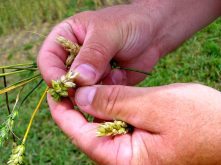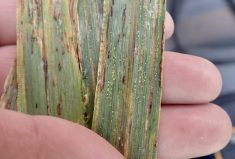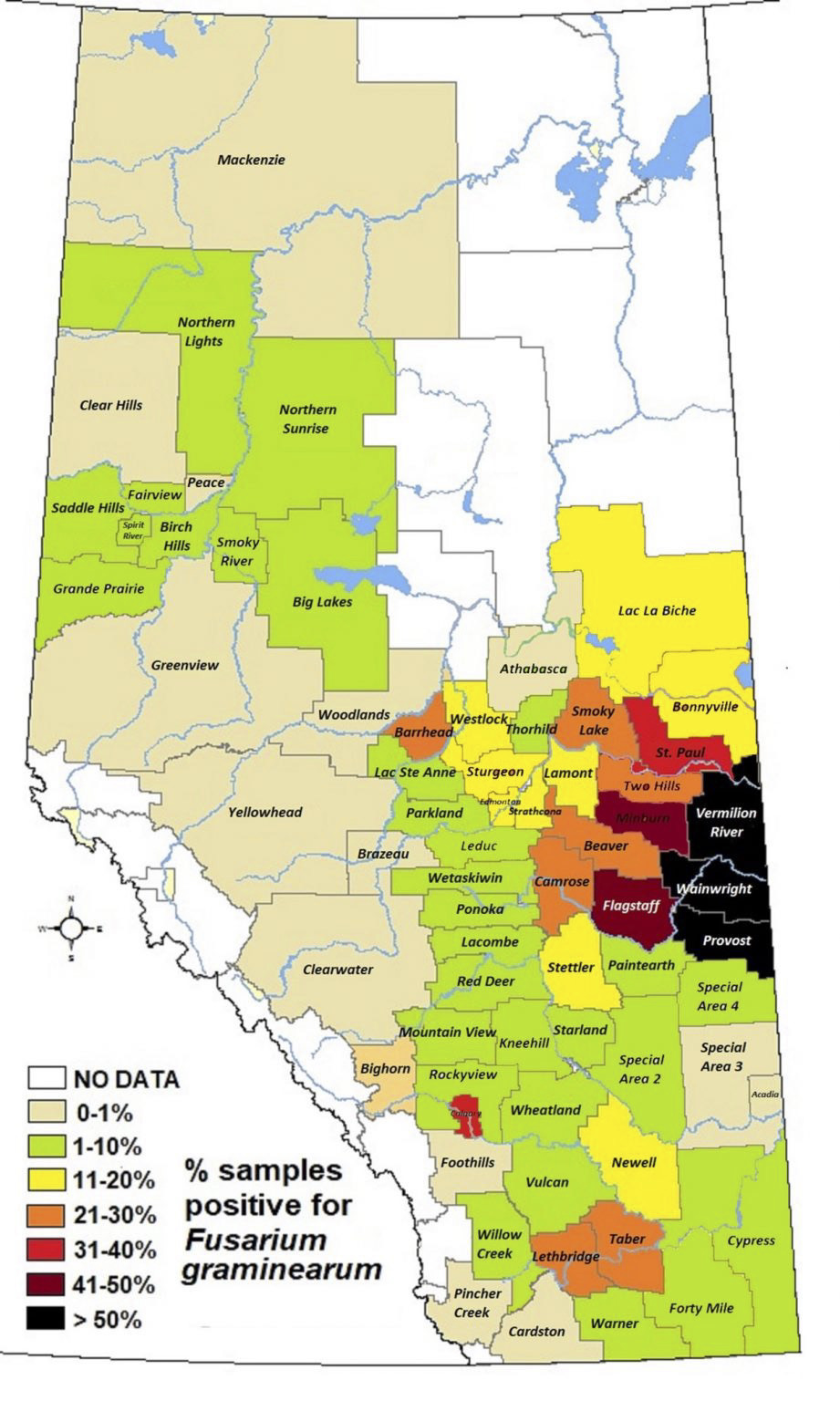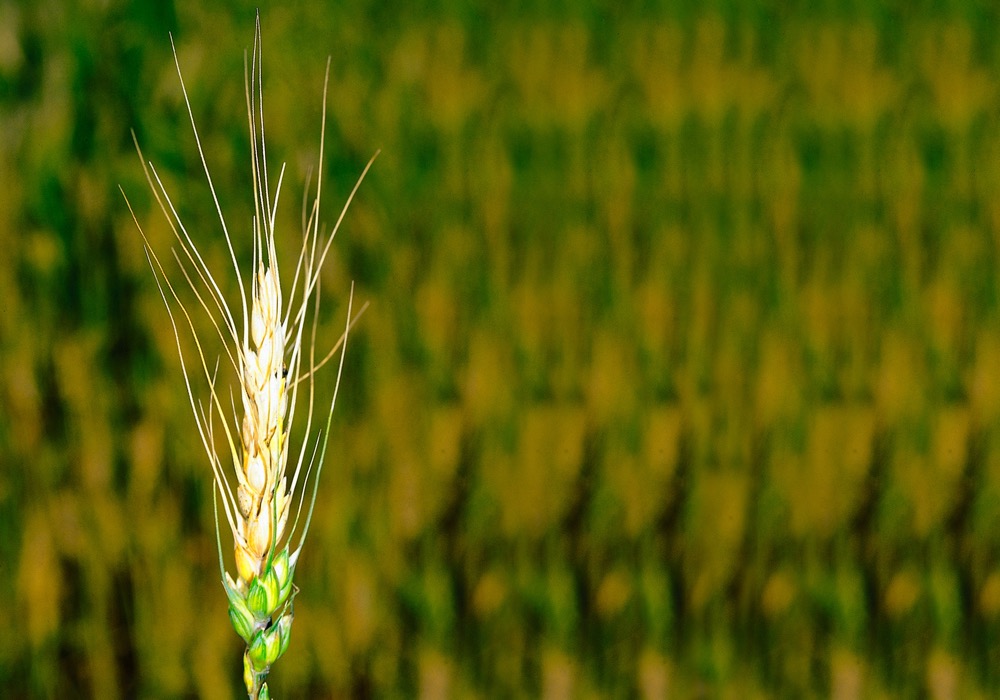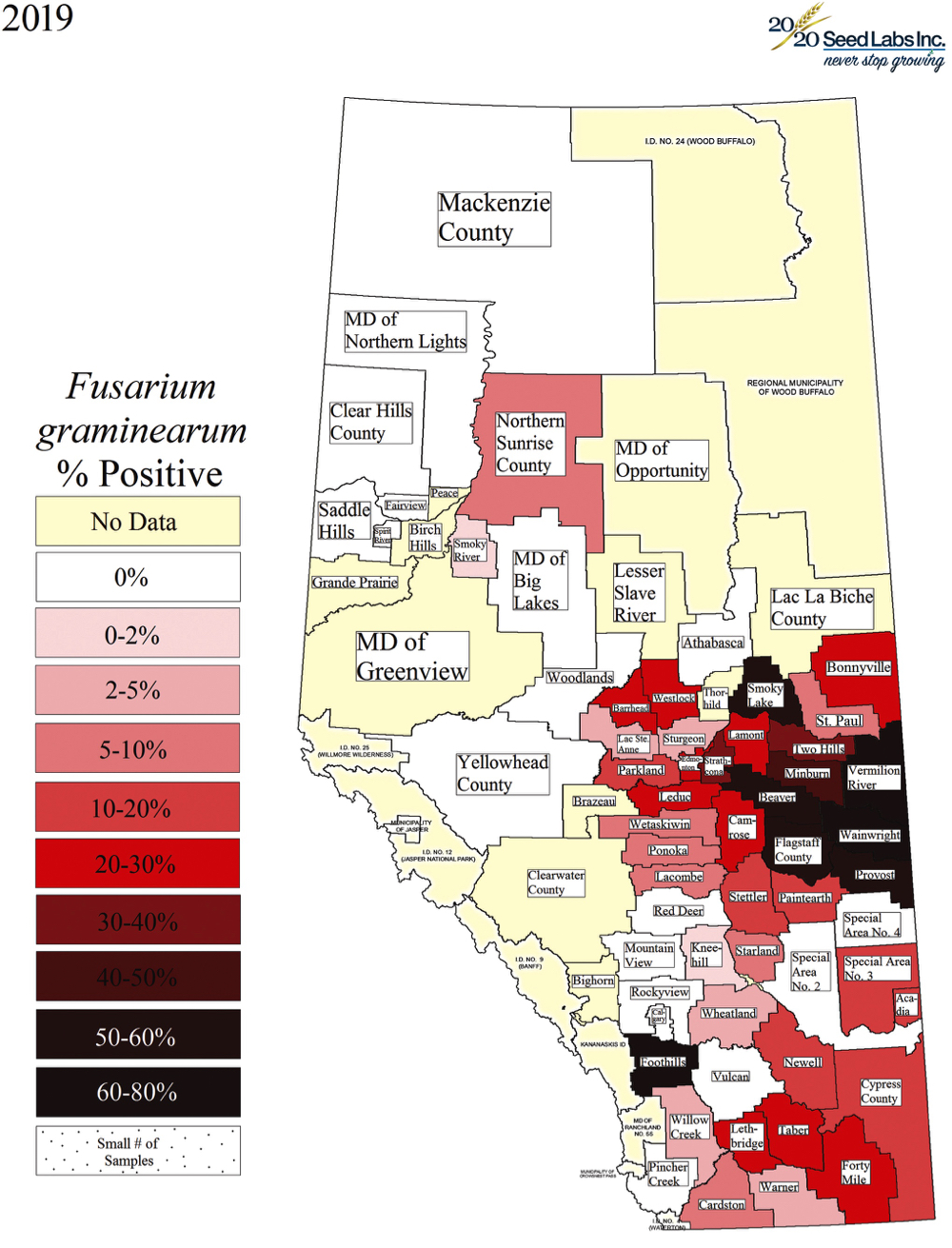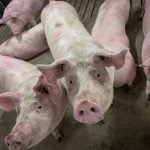Glacier FarmMedia – Prairie farmers have a new tool to weigh their risk of fusarium head blight.
The digital mapping tool is designed to give area-specific insights into the fungal disease. Cereal producers can get a localized head blight index and risk level for fusarium-damaged kernels and deoxynivalenol based on weather conditions.
The tool, online at prairiefhb.ca, can be used on smart phones, tablets and desktop computers.
Read Also
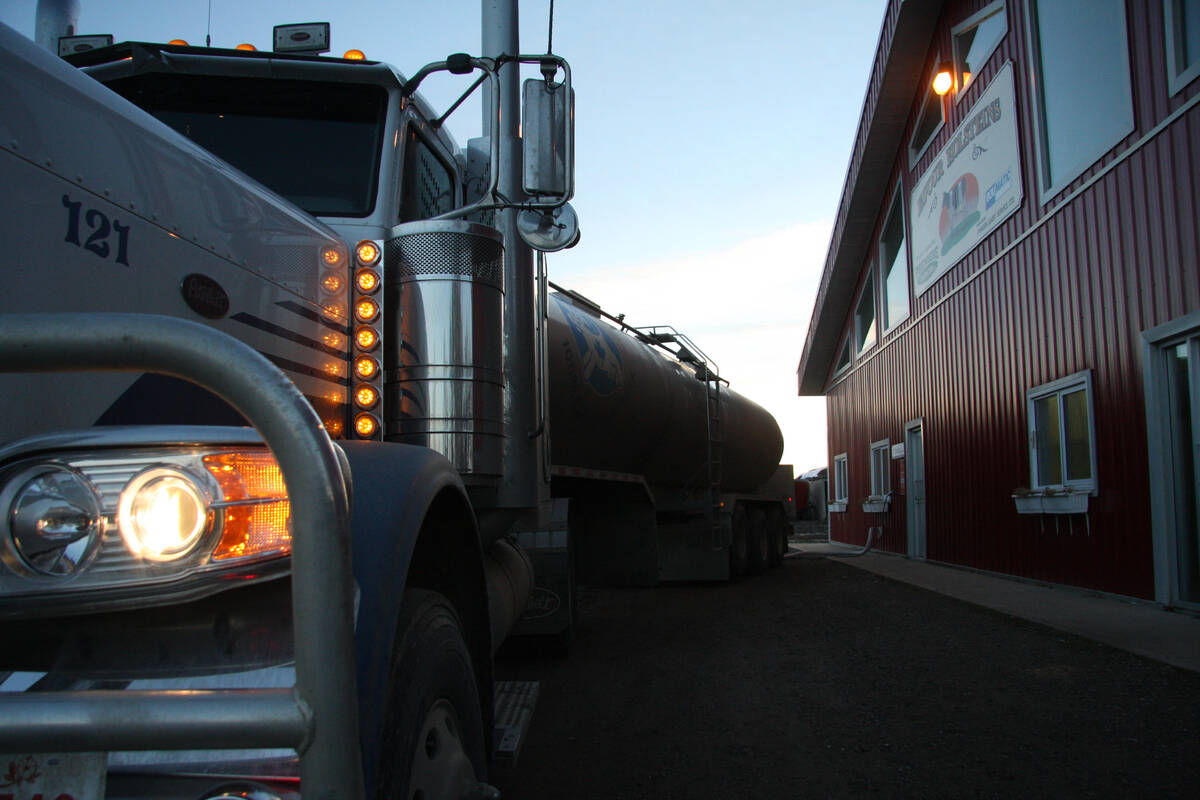
Milk transportation requires intricate logistics
Alberta Milk explains transportation system in Western Canada which sees millions of litres cross borders
It’s the result of a three-year research project led by the University of Manitoba’s Paul Bullock. Agriculture departments and commodity groups throughout Manitoba, Saskatchewan and Alberta collaborated on the project.
The study chose 15 locations, five from each Prairie province. It created 600 plot sites at each location for each of the three years, for a total of 1,800 data points.
Weather data comes from more than 500 stations run by Environment and Climate Change Canada, the Manitoba AgWeather Program, Saskatchewan Public Safety, Alberta Climate Information System and data company Metos Canada.
“We had a weather station right on site to tell us what the weather parameters were and we were able to use that information to develop the models, the thresholds, for when the disease occurred,” said Timi Ojo, crop production manager with Manitoba Agriculture, who initiated the project.
The developers validated their models in field conditions across 300 random locations in the Prairies. Results had over 80 per cent accuracy.
There’s no such thing as a totally accurate model, Ojo noted, but the results are far more reliable than the old risk maps, which this project is designed to replace. Previously, the ag department relied on U.S.-derived algorithms.
“Those were around 58 per cent accuracy,” said Ojo.
They were also based on spring wheat, while the new project includes nuances for winter wheat, barley and durum.
The team also extrapolated data from the 500-plus weather stations to derive averages in surrounding areas.
The tool gives fusarium risk by province, crop type and variety, and includes a choice of the three disease categories. Linked resources include crop reports from all three Prairie provinces.
The addition of fusarium-damaged kernels (FDK) is another innovation, Ojo noted. Quality downgrades due to FDK have cost producers a lot of money in the past, he noted.
“The tool has both financial and environmental benefits, since the need to apply fungicide for disease control at a given location also varies from one extreme to the other,” the Manitoba Crop Alliance said in a May 15 release.
Gaps
The 2019-21 research period encompassed three dry years on the Prairies, so fungal pressure was low and provided unrepresentative data for those trying to build a reliable model.
“To develop a model, we need to have a specific amount of disease occurrence,” said Ojo.
There are some greyed-out metrics in the tool as a result. For example, users will not be able to capture FDK measurements for any crop except durum, but there was enough disease pressure in spring wheat to develop a fusarium head blight index.
The second phase of the project is expected to fill in those blanks. Lessons learned may also result in similar tools for other crop diseases.
“We are not looking at other fungal diseases yet, but there’s nothing stopping us from looking at it in the future,” said Ojo.




